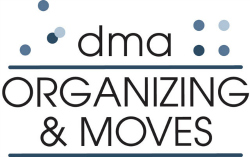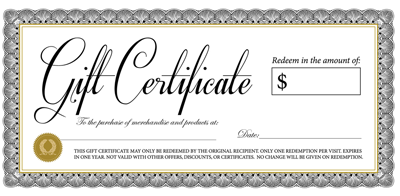Organize Your Passwords-Revisited

With all the cyber security breaches these days prudent password management is vital. Here is a refresh of a previous post about passwords.
Does keeping track of your online passwords make you want to pull your hair out? Having an organized system for password management reduces that frustration.
Just as people have to choose between digital and paper calendars these days, there are both digital and paper ways to manage your password information. Different methods have different advantages.
Digital
Managing your passwords digitally offers many conveniences but introduces security risks. While not nearly a comprehensive list – and not a specific endorsement — here are some options:
- Maintain a list or spreadsheet on your computer…not named “passwords.” File could be stored in the cloud (Evernote, DropBox, Google Drive) to access across devices. You can password protect this document for an added layer of security.
- Use Facebook, twitter or Google to log in
- Use password management software such as 1Password, LastPass or KeePass. These typically work by storing all your individual logins under one main “master” password.
- If you use a Mac, you’re most likely familiar with Keychain, which comes with OSX. Basically, it’s a password manager that uses your OSX admin password as the master password.
Paper
Some people don’t want their passwords stored anywhere in their computer. Storing them on paper prevents electronic hacking but it also limits your access to them when you are not home near the list. You also need to think about how to keep the list secure at home.
There are many options for managing passwords in paper form:
- A small address book is an easy way to list passwords alphabetically by site name. Small address books are also easily hidden.
- Some people keep a paper file in their file cabinet labeled “password”… you could make it a bit more secure by naming that file something random but unique to you like “junkdrawer” or “Rumpelstiltskin.”
- An alphabetized index card box or business card box makes a handy place to drop in the post-its and scraps of paper you write passwords on.
- To keep lists more secure, rather than writing down the actual password your list can be prompts that only you know. For example, if your password is some non sequitur like bootPolandgelato5, your prompt may be “footwear – country – food – number”. Or “147Guccigreen3970” could be prompted with “childhood address – favorite designer –color – past phone number.”
Password Strength
Regardless of what organizing tool you use to keep track of passwords, if you aren’t relying on software to generate secure passwords for you here are some tips for creating strong passwords:
- Ideally use a mix letters, characters, numbers, and capitals
- String together words to make a phrase. For example “I love ice cream” could become 1L0v31c3Cr3@m if you replace all the vowels with numbers or characters and capitalize the first letter of each word.
- String together unrelated words as in the example of Boot, Poland, Gelato, and 5 becoming “bootPolandgelato5”
There isn’t one right solution or answer; ultimately it’s a personal style and risk management choice we all have to make. Whatever system you choose, pick one and stick to it.
What one smart step can you take to make your digital life more convenient AND secure?

